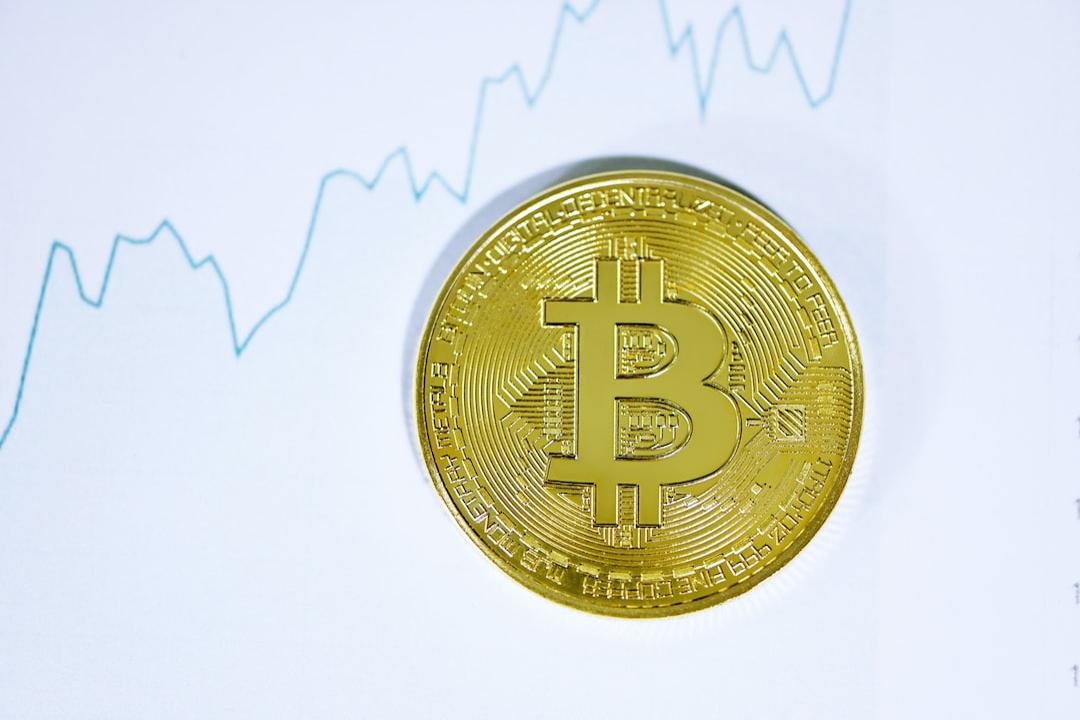Ethereum Community Members Propose New “Dynamic Fees” Proposal for Application Layer
The proposal advocates for higher fees for small funding pools while only charging 1% for large funding pools, aiming to incentivize builders and reduce user burden, striving to stabilize the ecosystem amid declining transaction fees and intensified competition.
(Background: After ten years of trials, can Ethereum still expect a “great surge”?)
(Supplementary Background: ADA founder criticizes Ethereum’s “three major shortcomings”: Vitalik admits Cardano is better, ETH might disappear in ten years)
In response to the dual challenges of declining ecosystem revenue and increasing competition, members of the Ethereum community today introduced a new fee structure proposal targeting the application layer capital allocation mechanism. The proposal seeks to strike a balance between incentivizing builders and curbing excessive fees, maintaining Ethereum’s long-term competitiveness in decentralized capital allocation.
Dynamic Fee Structure for Ethereum Application Layer
Initiated by Kevin Owocki and Devansh Mehta, the proposal advocates for establishing a sustainable dynamic fee structure for application layer capital allocation mechanisms (such as QF Square Funding, Retro Funding, Deep Funding, etc.). The formula proposed in the proposal is as follows:
Fee Amount = max(√(1000 × N), N × 1%)
(where N is the total capital flowing to the project)
This means:
- Small funding pools (e.g., in the hundreds of thousands of dollars) will charge a higher fee based on the square root formula. For instance, a $170,000 funding pool will charge approximately 7% (around $13,038) as a developer fee.
- Large funding pools (over $10 million) will have a uniform 1% fee, avoiding excessive charges.
This design aims to address two major issues: on one hand, it provides reasonable returns for small funding allocation systems, attracting mechanism builders to continue investing; on the other hand, it prevents large funding pools from being eroded by high fees, thereby improving capital allocation efficiency.

Furthermore, the proposal also suggests using a “base calculation method” or “cumulative calculation method” for different types of capital flows, allowing for flexible adjustment of fee distribution in traditional funding pools and crowdfunding scenarios, avoiding issues of over-incentivization or reduced willingness to participate.
Ecological Self-Rescue Under Revenue Pressure
This issue addressed by the proposal is not coincidental. According to on-chain data analysis company Santiment, by April 2025, transaction fee revenue on the Ethereum mainnet had fallen to a five-year low, and the activity in the DeFi and NFT markets continued to remain weak. Additionally, the number of new developers on Solana in 2024 (7,625) surpassed that of Ethereum (6,456), undermining Ethereum’s leading position in the developer community.
In such an environment, maintaining economic incentives for application layer builders and preventing them from migrating to other chains has become a pressing challenge for Ethereum. The dynamic fee proposal attempts to find a new balance between “builder incentives” and “user cost control.”
It is worth noting that the proposal also encourages returning a portion of the fees (10%-25%) to infrastructure maintainers, such as smart contract developers and open-source library contributors, further facilitating positive cash flow throughout the ecosystem.
Dynamic Fees as a New Paradigm for On-Chain Capital Allocation?
If the dynamic fee design can successfully pilot in upcoming funding rounds like Gitcoin Grants (GG24), it may become a new standard for on-chain capital allocation mechanisms in the future. It not only helps enhance the activity of small innovative projects but also builds a predictable, transparent, and fair fee system within large funding pools. For Ethereum, facing external competition and internal confidence decline, this transformation starting from the “fee structure” may be the beginning of turning crisis into opportunity.



